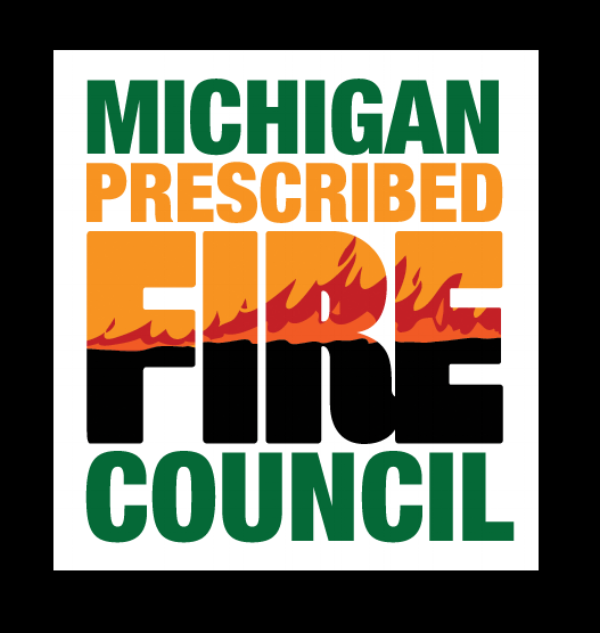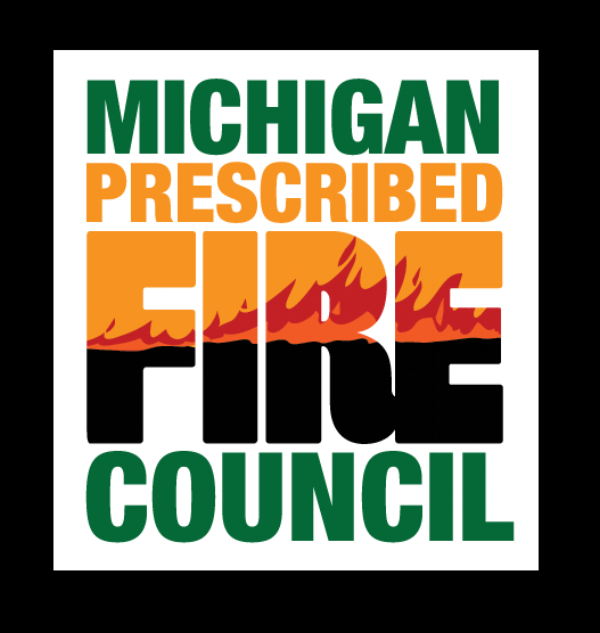“I found myself in the fun position of trying to convince private landowners to set their property on fire – and, in most cases, to pay a contractor to do it safely.”
As a private lands biologist for the Michigan Department of Natural Resources, Chris Hoving’s tasks included helping private landowners create, maintain, and enhance habitat for rare and threatened species. In southern Michigan, that included species that utilized fire-dependent habits like prairies, savannas, and prairie fens. Hoving was able to visit landowners, walk their property together, and provide technical assistance and small grants through the Landowner Incentive Program.
To get a better handle on prescribed fire operations and fire effects, Hoving went through NWCG certified training and got experience working on burns, from setting up hose lays to conducting ignitions and mop up. He estimates he worked on 30 to 40 burns, including a 400-acre unit in oak forest.
For the private lands he provided assistance on, he wasn’t able to both award dollars for a consultant to burn and carry a torch. “All I could do was observe, and I observed with my camera,” Hoving explained.
As a result, when the Joint Fire Science Program put out a call for fire-related photos from across the country, Hoving was ready and contributed an important element to the JFSP library—images of fire breaks, ignitions, and fire behavior in grassland and savanna fuel types in the humid eastern U.S. “Not all flames are large and showy,” Hoving wrote for one caption. “In fact, these flames are often typical in oak.”
“Flowers Follow Fire”
Along with many action shots of prescribed fire operations, there were a number of images of plants and wildlife in Hoving’s portfolio. The images were a response to fire, and can be part of the response to the question, “Why are you burning?”
One of the rare species that Hoving helped by applying fire on private lands is the Karner Blue Butterfly. “At the time we started, the whole population in southern Newaygo county was dependent on private lands,” Hoving noted. The property was owned by a couple, and their initial responses to finding a federally-endangered species on their land were toward opposite ends of the spectrum. One was excited about being able to help save an endangered species. The other was anxious about how the butterflies might limit his plans for the property. When Hoving inquired further about the goals for the property, it turned out the owner valued that the land was open—it was easy to see and harvest deer during hunting season.
“I talked about the oak seedlings all around, and how in a few years this would no longer be an open landscape without some management. Prescribed fire would also advance his goals for game species,” recalls Hoving of his pitch.
The Landowner Incentive Program invested technical assistance and grant funds, and over a five year period, the population responded so well that Hoving used the site when a graduate student requested a tour to see a good example of Karner blue butterfly habitat.
They visited during the summer flight of adults, and it was a warm, sunny day. Hoving remembered that on a warm day, sometimes butterflies will land on your out-stretched hand to lick moisture and salt in your sweat. “Any butterfly will do this,” he noted. Their patience paid off with some close-up images of the Karner blue butterfly, butterflies attracted to native lupines and other plants that thrive under fire.
-Craig Maier, Tallgrass Prairie and Oak Savanna Fire Science Consortium

